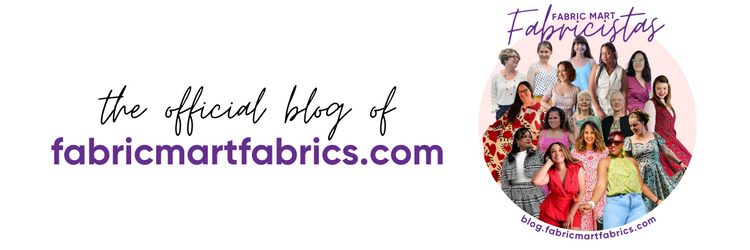Being confused by which needle you need to use is a very common problem among new and some old sewers.
So don't get discouraged!
With so many different numbers and fabrics to choose from it can make you quite uncertain of the correct needle for your specific project.
But don't worry! We're going to break it down for you and help you learn the basics about sewing machine needles.
Let's start with the anatomy of a sewing machine needle.
So don't get discouraged!
With so many different numbers and fabrics to choose from it can make you quite uncertain of the correct needle for your specific project.
But don't worry! We're going to break it down for you and help you learn the basics about sewing machine needles.
Let's start with the anatomy of a sewing machine needle.
 |
| Needle Anatomy from Threads: http://www.threadsmagazine.com/item/3751/machine-needle-know-how |
Shank: Top portion of the needle, usually having a flat back, that is inserted into the sewing machine with the flat slide facing the back. Needle is tightened into place with a screw on the machine.
Shaft: The body of the needle determining the needle size based on the width of the shaft.
Front Groove: Slit above the eye that allows the thread to be flat against the needle.
Point: Tip of the needle that penetrates the fabric and forms the stitch with the bobbin thread. Shape of point varies between needles. Important to pay attention to when choosing a needle for your fabric.
Scarf: Indentation on the back of the needle that helps eliminate skipped stitches. A longer scarf is preferred.
Eye: The hole at the tip of the needle that allows thread to pass through. Eye size changes with the needle.
Needles range from size 8-18. These numbers are corresponded with the European needle sizes 60-120 on the packages. So for a pack that says 70/10, the 70 is the European needle size and the 10 is the American size.
The smaller the number, the smaller the size.
That size is relavent to the weight of your fabric. For sheer materials such as chiffon, you would want to select the smallest needle size. For a heavy weight outdoor canvas, you would want to use the largest needle.
Below is a basic needle size chart I found on the blog Presser Foot.

Easy enough right?
But wait! Before you begin sewing we must discuss the point of the needle!
Here is a great picture of needle points from Sew-What's-New
Univeral: Slightly rounded point that you can use on knits or wovens, hence why they are called universal. So if you are completely baffled by which needle point to use, begin with this one.
Jersey/Ball Point: This medium tip is slightly rounded to pass between the threads rather than pierce them which can create runs in your light weight knit fabric. A ball point needle will not damage the spandex in knits. Using these needles on heavier knits helps creates even stitches.
Stretch: This needle features a deep scarf so the bobbin hook can get closer to the needle and prevent skipped stitches when sewing on fine lighweight knits such as silk jersey or highly elastic knits. Use this needle when you are experienced skipped stitches with the ball-point needle.
Jeans/Denim: This needle has a thick shaft and a very sharp point. Ideal for sewing denim, canvas, or tightly woven fabrics.
Microtex/Sharp: This needle has a narrow shaft and a sharp point to piece the threads of woven fabrics. Use for stitching finely woven fabrics such as silk, lightweight suede and microfiber fabrics. The sharp point also helps enable perfectly straight stitching which makes them great for topstitching!
Leather: This tip is wedge-shaped with allows it to penetrate leather, suede, and vinyl without tearing them.
Self-threading: The eye has a slot on the one side so you can easily slide the thread when you are having trouble threading a regular needle. This needle works best on wovens, but tends to snag knits.
All the above information can be found on this great chart I highly recommend you print out and refer to when you need some quick help!
You are welcome to comment with questions!
Happy Sewing!



Thank god I found this post of yours. I was using wrong needle from a very long time in my sewing works.
ReplyDelete